Skywatchers are in for a rare treat this weekend as the Moon will transform into a glowing red orb during a total lunar eclipse, also known as a blood moon. The event takes place on the night of September 7 and extends into the early hours of September 8, lasting an impressive 82 minutes of totality, making it one of the longest lunar eclipses in recent years.
Where It Will Be Visible
The eclipse will be visible across much of Asia, Australia, Africa, and parts of Europe. Observers in major cities such as Sydney, Melbourne, Tokyo, and Seoul will have prime viewing conditions, while regions like Moscow and Ankara will witness the Moon already in shadow as it rises. Unfortunately, the Americas will miss the spectacle due to daylight hours.
What Causes the Red Glow
A total lunar eclipse occurs when Earth aligns directly between the Sun and the Moon, casting its shadow across the lunar surface. During this time, the Moon does not disappear completely; instead, it glows red as Earth’s atmosphere scatters shorter blue light wavelengths, letting the longer red and orange tones reach the Moon. This natural filter effect gives the phenomenon its nickname, the “blood moon.”
Timeline of the Eclipse (UTC)
- Penumbral begins: 15:28
- Partial eclipse begins: 16:27
- Totality begins: 17:30
- Greatest eclipse: 18:11
- Totality ends: 18:52
- Partial eclipse ends: 19:56
- Penumbral ends: 20:55
Why It Matters
With its long duration and wide visibility, this eclipse offers a unique chance for people worldwide to witness one of nature’s most stunning spectacles. Stargazers are encouraged to prepare their cameras, telescopes, or simply step outside and enjoy the view with the naked eye.
This blood moon promises not just a dazzling sight, but also a reminder of the beauty and rhythm of the cosmos.

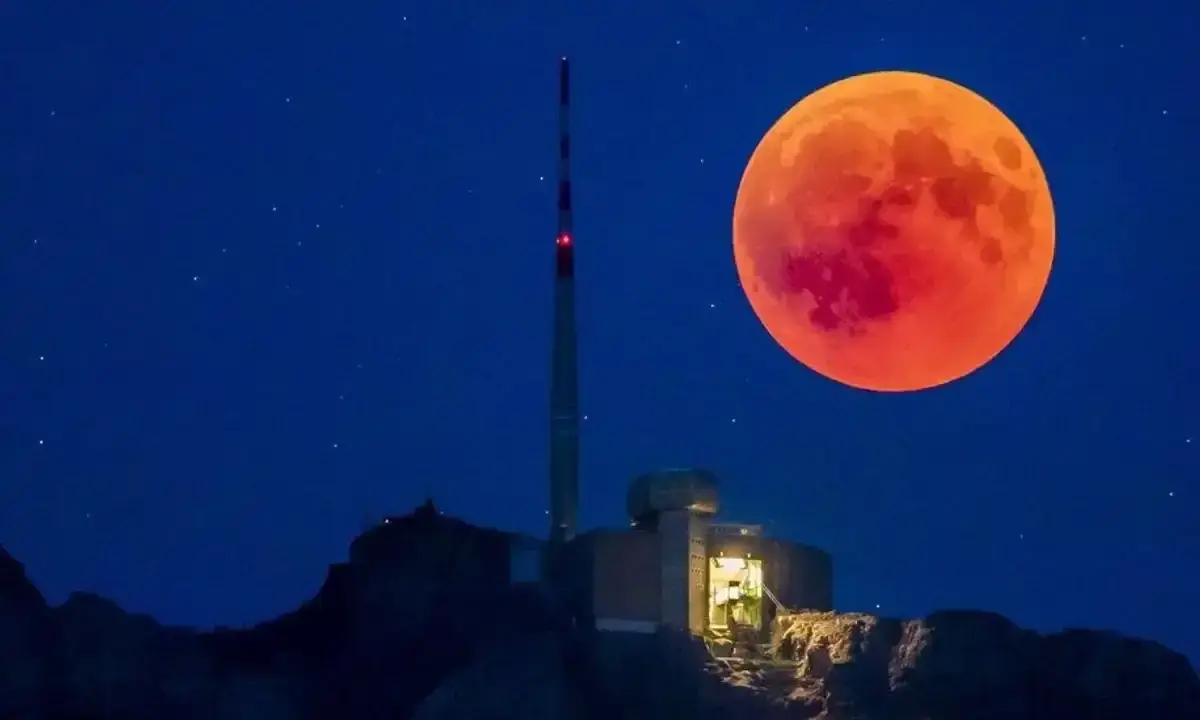



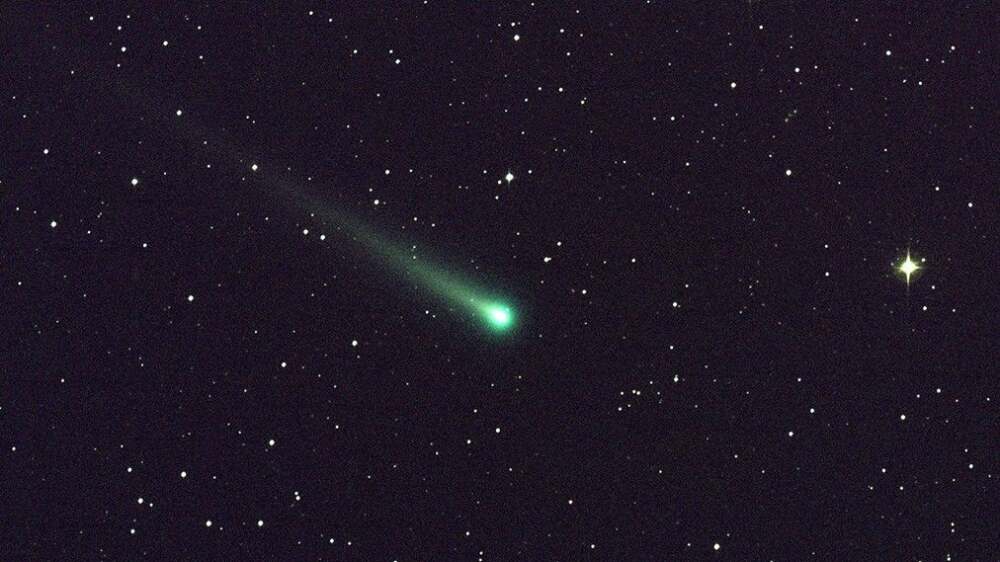
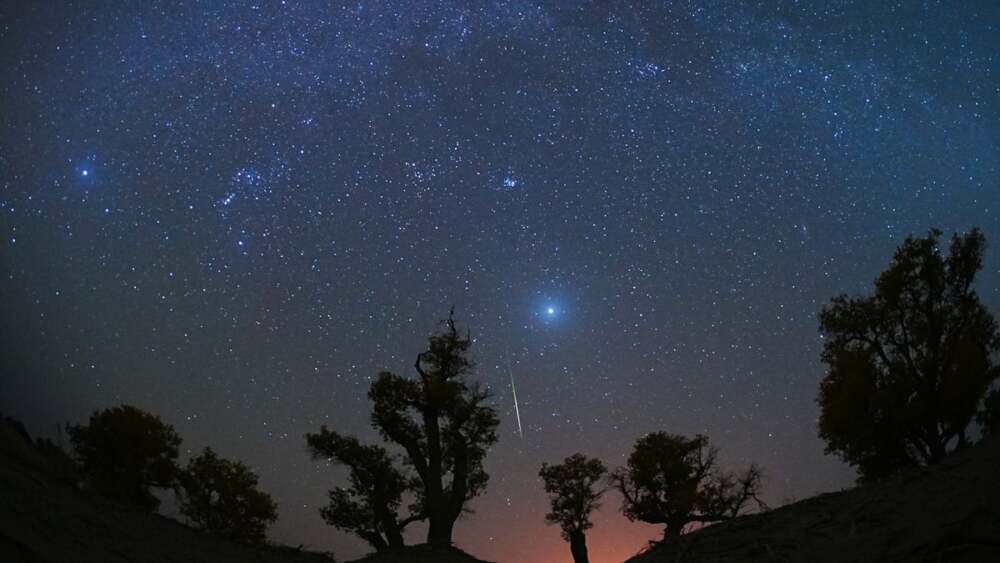
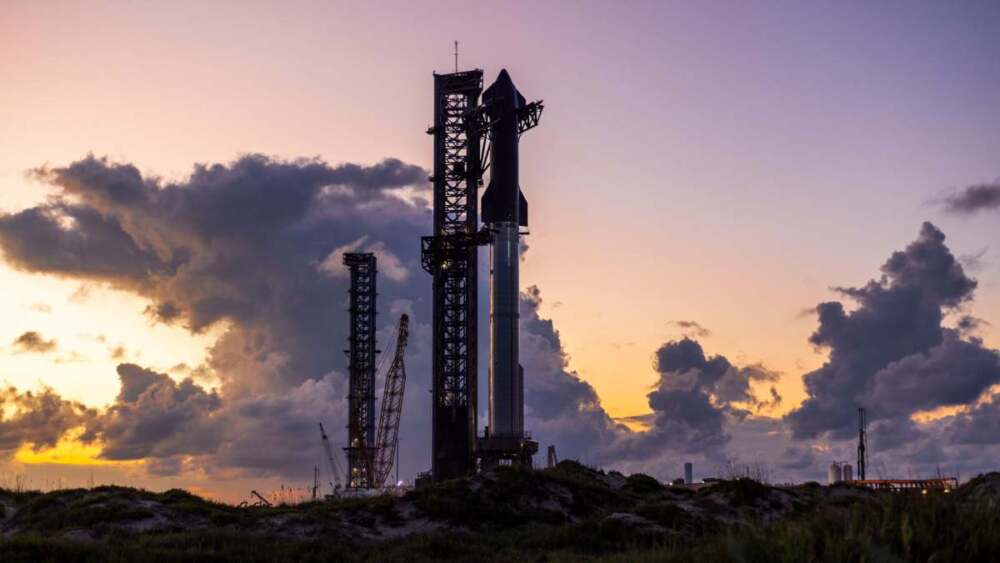
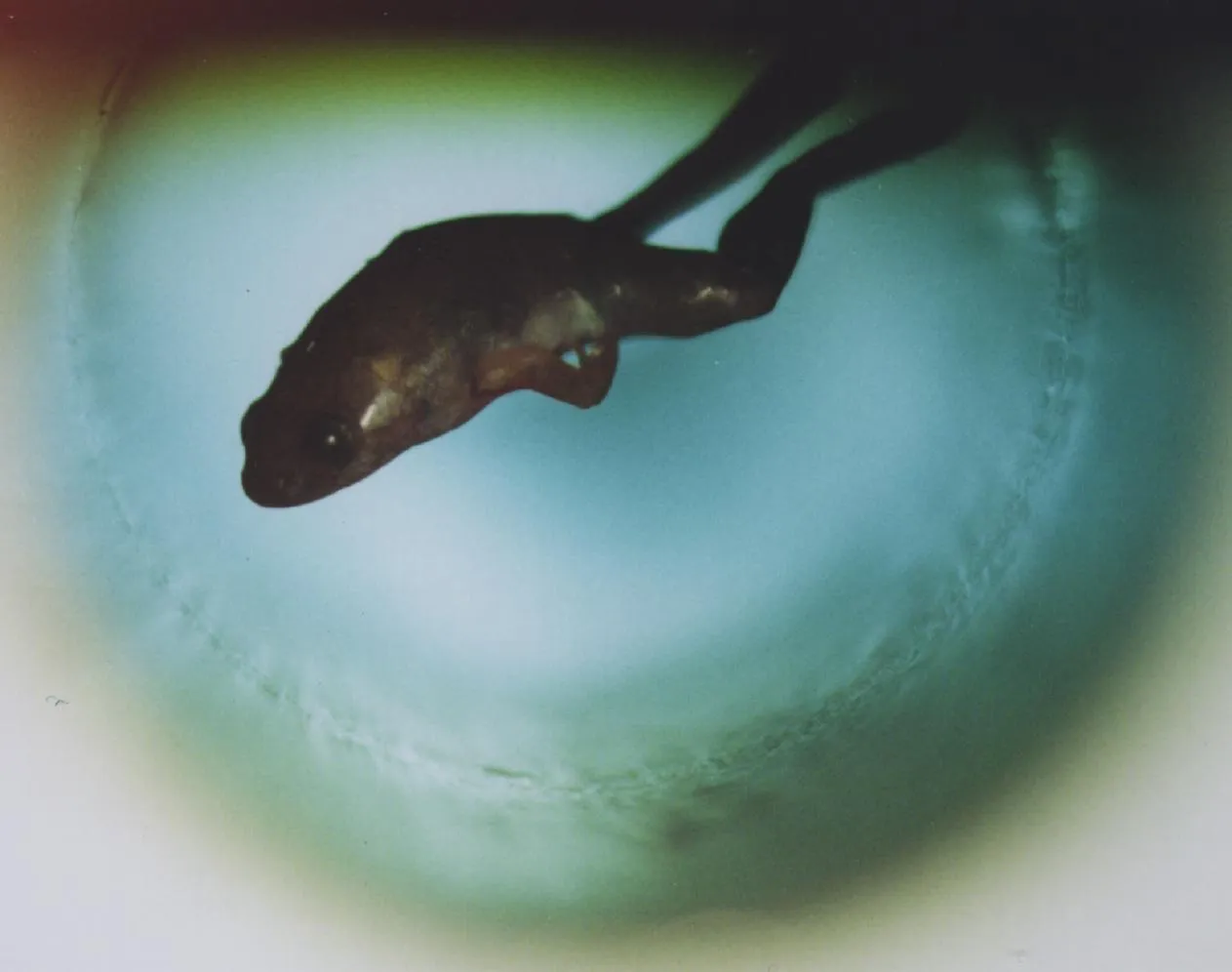
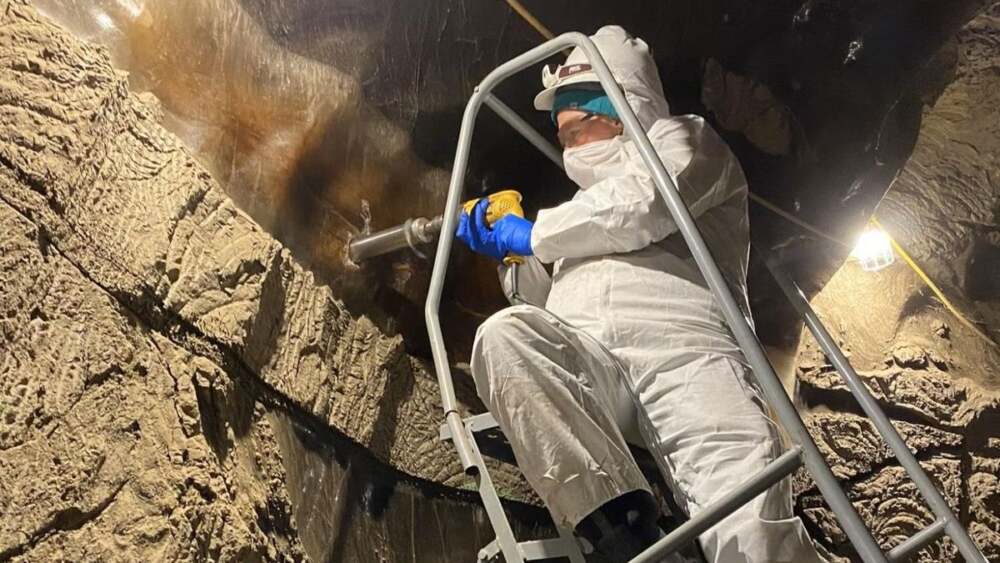


Leave a Reply